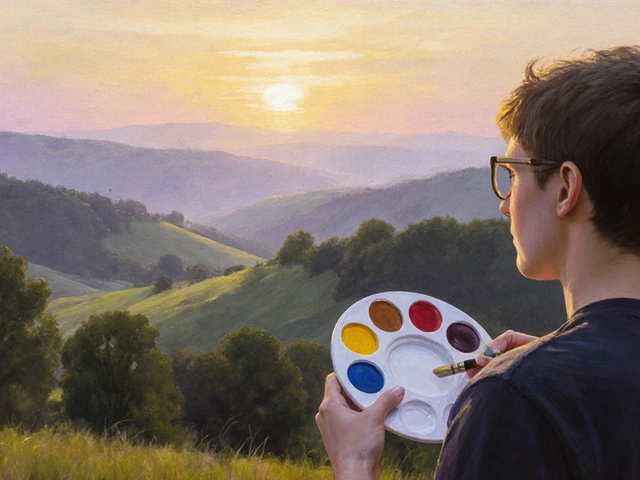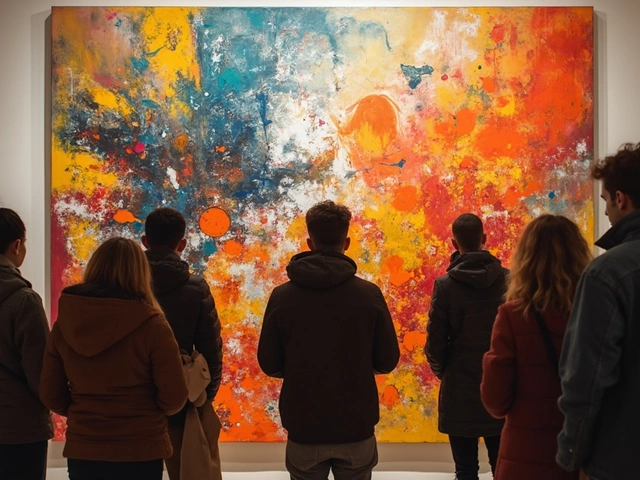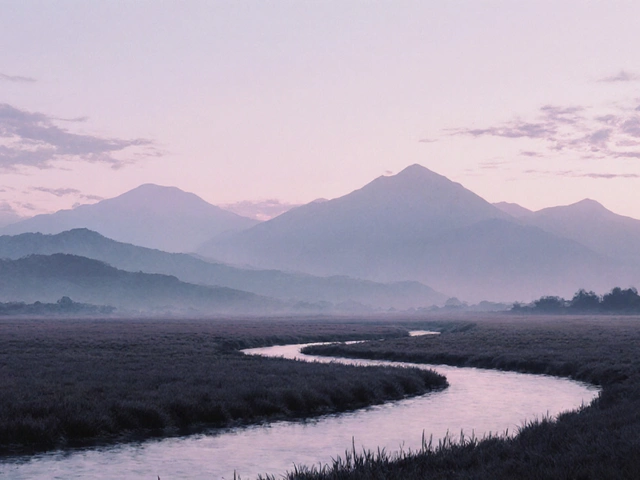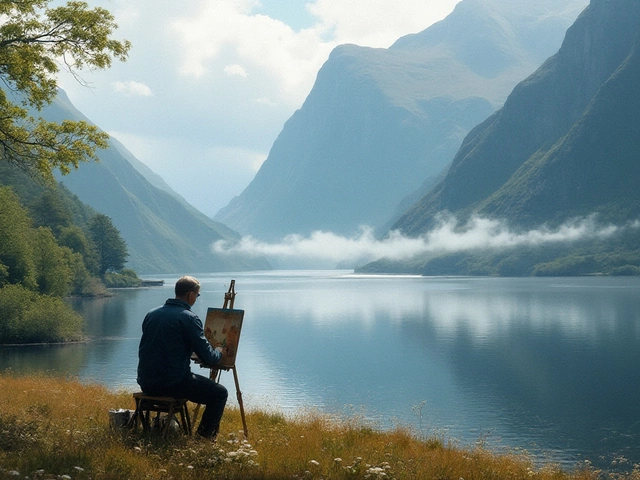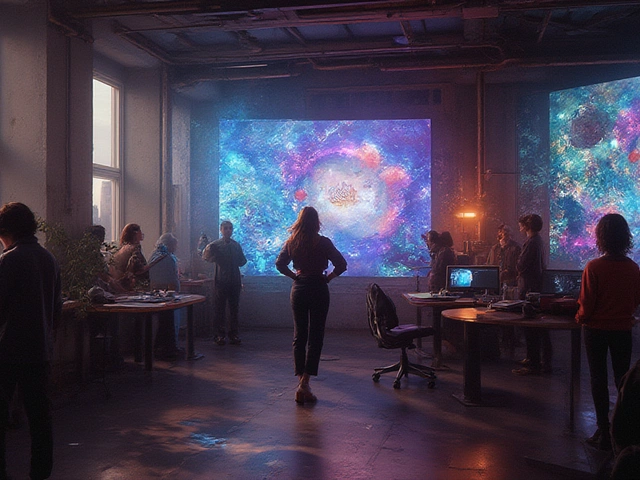giclée printing: What It Is and Why It Matters
When working with giclée printing, a fine‑art reproduction method that uses pigment‑based inks on high‑quality substrates. Also known as giclee, it gives photographers, painters, and graphic designers a way to turn digital files into archival inks, light‑fast, pigment‑based inks that resist fading for decades on fine art paper, cotton‑rag or museum‑grade paper designed for color fidelity or canvas. The process giclée printing requires a high‑resolution digital art file, a master image saved in a lossless format like TIFF or PSD that preserves every detail from the original artwork. In short, the central topic encompasses a blend of technology and traditional art materials, and it relies on pigment inks, archival substrates, and precise color management to produce museum‑quality prints.
How giclée printing connects to other art practices
Artists often start with digital art, creations made using software such as Photoshop, Procreate, or Illustrator before moving to physical prints. The workflow requires meticulous color profiling, which means matching on‑screen colors to the final print output – a step that bridges the gap between screen and substrate. Because giclée prints use archival inks, they are also a favorite for preserving limited‑edition photography; the inks enable photographers to sell collectible prints that hold value over time. Meanwhile, fine‑art studios pick giclée because it offers the flexibility to produce small‑run series without the high cost of traditional lithography. The method also influences how galleries price artwork, as buyers recognize the durability and authenticity that come with certified giclée reproductions.
What you’ll find in the list below reflects this mix of practical tips, industry insights, and creative ideas. From advice on preparing your digital files to choosing the right paper texture, each article helps you navigate the steps that turn a pixel into a lasting piece of art. Whether you’re a photographer looking to sell prints, a painter wanting archival reproductions, or a hobbyist curious about the tech behind the magic, the posts ahead give you clear, actionable guidance you can apply right away.
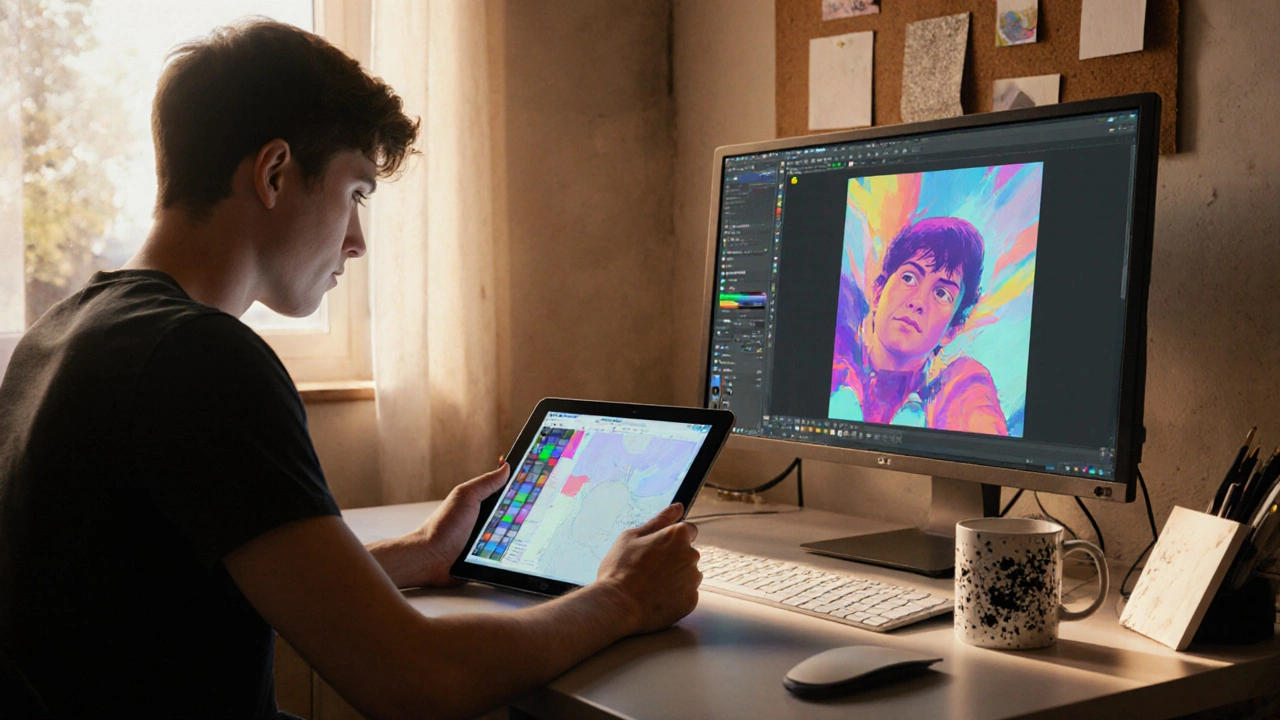
Learn how to turn your artwork into professional art prints step by step, from picking the right printing method and paper to ordering, shipping, and framing.
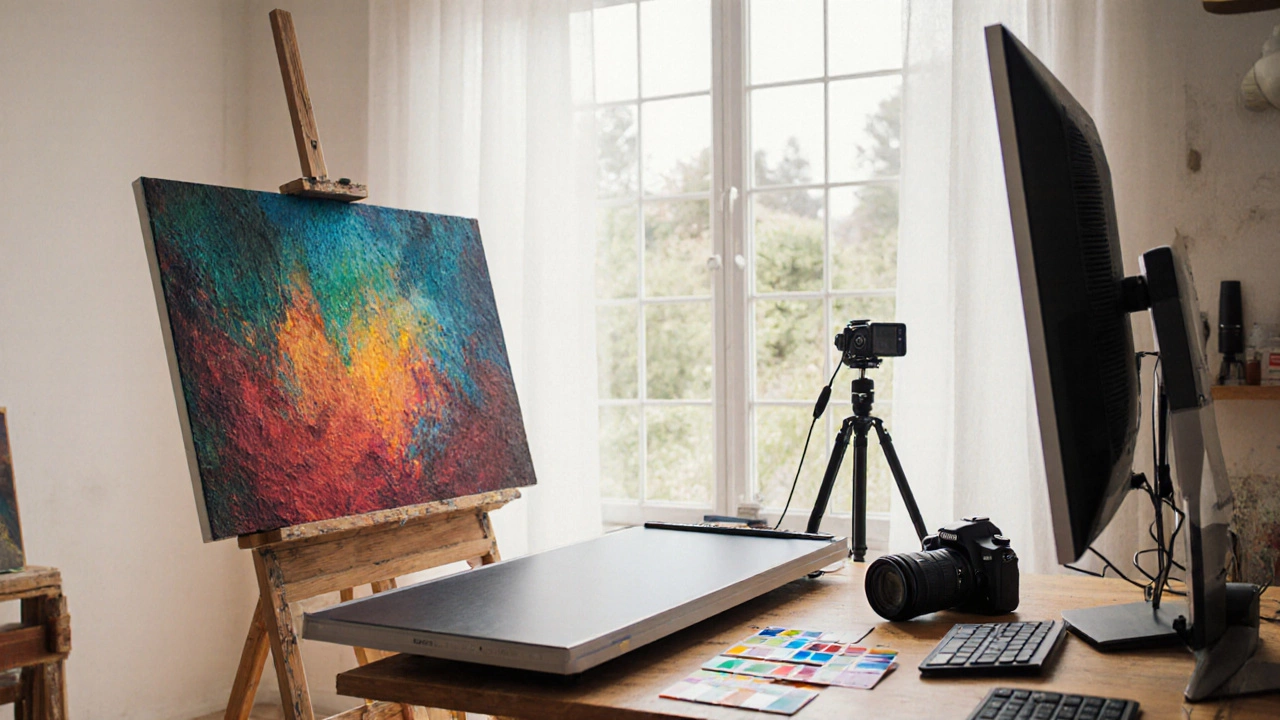
Learn how to convert your paintings into museum‑quality digital prints, from scanning or photographing to color‑management, file formats, printing methods, and selling tips.
